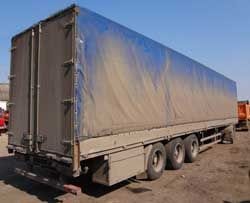
Gasoline "Kalosha". Properties and applications
Features
This type of nefras is quite widely used in industry, although it is gradually being phased out of use by less carcinogenic and less flammable grades of solvents.
Main technical characteristics:
- Self-ignition temperature range_- 190 ... 250 ° C.
- Chemical composition - organic hydrocarbon compounds, the number of carbon atoms in which ranges from 9 to 14.
- Color - light yellow or (more often) - colorless.
- The octane number is about 52.
- Additives are absent.
- Impurities: the presence of sulfur compounds is allowed, the total percentage (in terms of sulfides) is not more than 0,5.
- Density — 700…750 kg/m3.
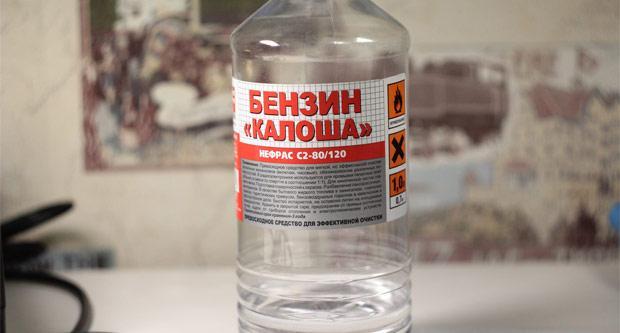

Other indicators of Kalosh gasoline vary, depending on the industry of its application. The common thing is that the alkanes included in the chemical formula of all nefras are close to the cycloparaffins of crude oil. As a result, the main technology for producing Kalosh gasoline is fractionation with moderate intensity.
The resulting petroleum product is used to dissolve printing inks, pesticides, herbicides, coatings, liquid asphalt and other organic substances, including rubber. They are also used to clean moving parts of machine-building and metal-working equipment from contamination in repair production (which makes this product similar to some other brands of gasoline, in particular B-70 gasoline). Do not use the product at ambient temperatures above 300C.
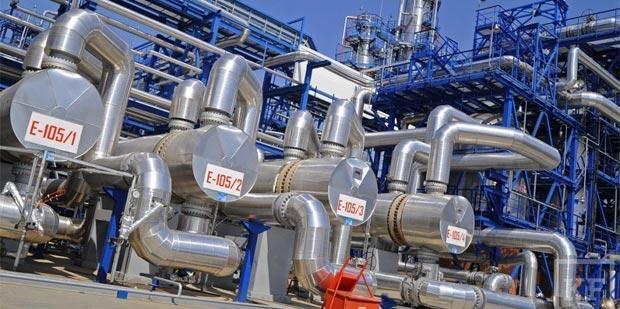

Brands and safety requirements
Nefras produce two grades: C2 80/120 and C3 80/120, which differ only in the technology of production and purification. In particular, for the production of C2 80/120, gasoline that has undergone catalytic reforming is used as the initial semi-finished products, and for C3 80/120, gasoline obtained by direct distillation is used. For nefras C2 80/120 of the first grade, the density is somewhat lower.
Particular attention is paid to the rules for the safe use of the brands of gasoline in question. It should be borne in mind that the flash point of such substances is very low, and for an open crucible is only -170C. Consideration should also be given to the explosive nature of the substance when used. GOST 443-76 defines this parameter as dangerous even when the concentration of nefras in air vapor is more than 1,7%. The concentration of gasoline vapors in the atmosphere of the room cannot be higher than 100 mg/m3.
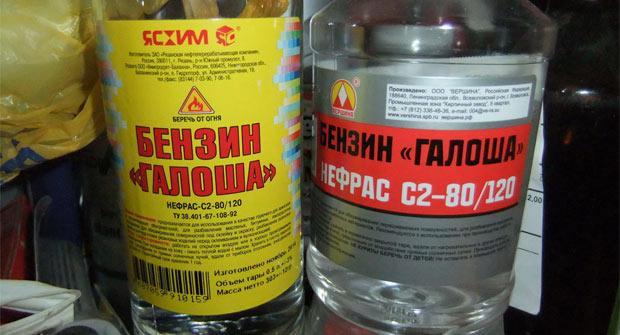

Often there is confusion in the technological requirements for solvent gasolines due to differences in the standards that guide manufacturers. So, nefras (including the most common Nefras C2 80/120) is produced in accordance with GOST 443-76, and Kalosh gasoline is produced according to specifications that are obviously less stringent. However, according to the formula and properties, this is an identical product, differing only in the degree of refining (for Kalosh gasoline, this degree is lower). Therefore, from an actual point of view, Br-2 gasoline, Kalosh gasoline and Nefras C2 80/120 are one and the same substance.
Application
Based on the totality of its properties, Kalosh gasoline is considered primarily solvent gasoline, but its practical area of \uXNUMXb\uXNUMXbuse is much wider:
- Refueling lighters.
- Cleaning of tanks and reservoirs of oxy-fuel cutting plants.
- Preparing fabrics for dyeing.
- Degreasing electronic components before soldering.
- Jewelry cleaning.
- Refueling stoves and other heating equipment for tourism purposes.
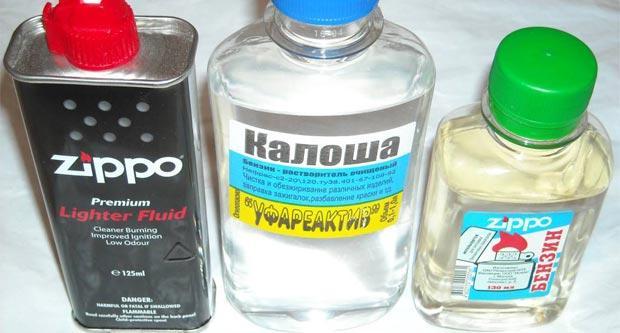

Kalosh gasoline should not be completely identified with Br-2 gasoline. They are produced from different raw materials and tested for the content of components by various methods, especially when the manufacturer introduces specific additives into the main composition. In addition, all nefras produced according to the technical requirements of GOST 443-76 are distinguished by a stable indicator of their octane number, which is not typical of other brands considered in this article.
The prices for these products are determined by the packaging of the goods. For Kalosh gasoline, which is bottled in a 0,5 liter container, the price ranges from 100 ... 150 rubles, for packaging in canisters of 10 liters - 700 ... 1100 rubles, for wholesale deliveries (barrels of 150 liters) - 80 ... 100 rub/kg.


Watch this video on YouTube
